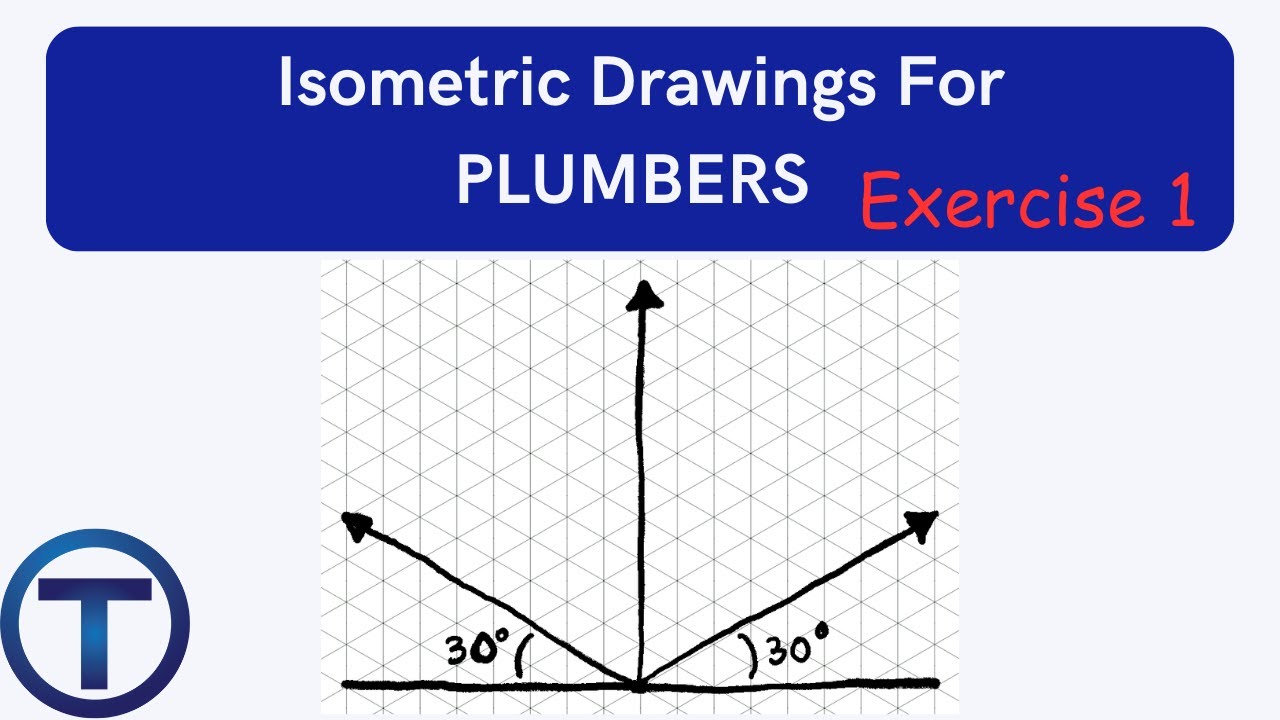Isometric Drawings for Plumbers: Essential Guide & Exercise 1

Isometric Drawings for Plumbers: Engaging Standards and Techniques
Isometric drawings for plumbers enhance clarity and communication. By mastering isometric projections, plumbers can visualize complex installations effectively. This exercise focuses on essential techniques that improve precision and boost skill levels, making it crucial for every plumbing professional.
Understanding Isometric Drawings
Understanding isometric drawings involves recognizing how three-dimensional objects appear in two-dimensional formats. Plumbers utilize these drawings to represent pipes, fixtures, and connections clearly. Furthermore, utilizing isometric perspectives allows for straightforward interpretation of intricate layouts.
Mastering the Basics
To excel with isometric drawings, begin with fundamental shapes. First, practice sketching cubes and cylinders. Next, transition to more complex forms like elbows and tees. This progression streamlines your skills and builds a solid foundation.
Applying Techniques in Real Life
After gaining confidence with basic shapes, apply the techniques to real-life plumbing scenarios. Visualize how the drawings translate into actual installations. Moreover, incorporating everyday plumbing problems into your practice enhances both relevance and retention.
Enhancing Skills Through Repetition
Repetition solidifies knowledge. Regularly revisit your sketches to refine details. As you practice consistently, you will identify patterns and develop greater accuracy. Eventually, this diligence will turn you into a proficient creator of isometric drawings.
Conclusion
In summary, mastering isometric drawings for plumbers takes dedication and practice. By focusing on key techniques and engaging with real-life scenarios, you can elevate your plumbing skills dramatically. Embrace this approach, and watch your expertise flourish!
Check on YouTube



